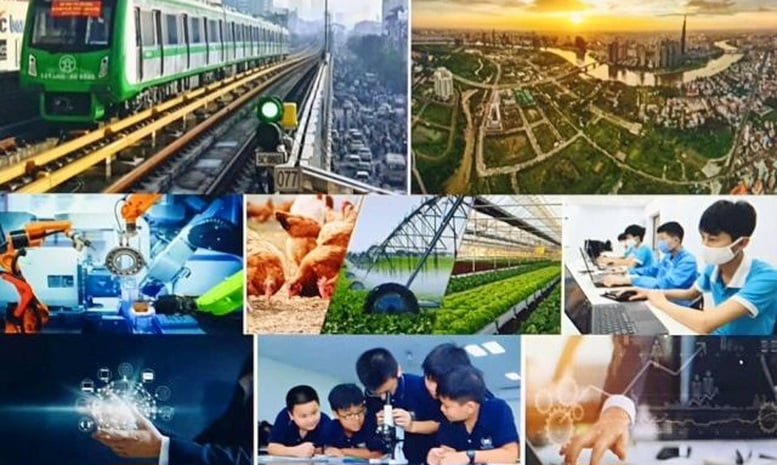
Vietnam not only maintains macroeconomic stability but also rises to the group of countries with the highest growth rate in the world.
In the context of an unpredictable world, Vietnam has not only maintained macroeconomic stability but also risen to the group of countries with the highest growth rate in the world, demonstrating effective national governance capacity and strongly reinforced confidence.
The "sweet fruit" of vision and decisive management
Looking back at the 5-year period of 2021 - 2025, we can clearly see the mark of an active, decisive and flexible Government. In the context of a rapidly changing and unpredictable world, Vietnam has maintained macroeconomic stability, controlled inflation, and strongly recovered production, export and investment. In particular, Vietnam's economy has maintained a growth rate among the highest in the world; people's lives have been improved; social security work has received attention and achieved many outstanding results. Science and technology, innovation and digital transformation have been vigorously implemented, achieving important initial results... Prestigious international organizations highly appreciate the results of Vietnam's direction, administration, credit rating upgrade and growth prospects (IMF rates Vietnam among the top 10 fastest growing countries in the world; Standard Chartered forecasts Vietnam among the top 5 fastest growing countries in Asia).
The impressive results in the past period have reflected the spirit of "turning challenges into motivation" that Prime Minister Pham Minh Chinh has repeatedly emphasized. Vietnam's success comes from a consistent management motto, with people at the center, businesses as the driving force, and macroeconomic stability as the foundation. The Government has demonstrated its ability to respond to policies promptly and flexibly, while remaining steadfast in its long-term goals.
Policies to support post-pandemic recovery, improve the investment environment, promote infrastructure and digital transformation have created positive spillover effects. The Government not only "keeps the pace" for the economy, but also "creates a new rhythm" for a higher growth period, aiming for GDP growth of 10% or more by 2026, GDP per capita reaching 5,400 - 5,500 USD, average CPI increasing by about 4.5%, average social labor productivity increasing by 8%, sharply reducing the rate of multidimensional poverty households...
These results are the sweet fruit of a new development mindset of a Government that acts, creates development, considers people, science and technology as the center of all breakthroughs; puts trust in the people, knows how to arouse the nation's internal strength, and at the same time deeply integrates and proactively grasps global trends. This is the foundation for Vietnam to confidently enter the growth phase of 2026 and beyond, towards the goal of rapid and sustainable development.

Dr. Nguyen Hoang Le, Director of the Institute of Human Resources and Business Development, Ho Chi Minh City University of Economics: In every development strategy, people are always the decisive factor.
" Golden Key " developing high-quality human resources
In every development strategy, people are always the decisive factor. There is no knowledge economy without knowledge workers. There is no smart production without a team of engineers, skilled workers, and good managers. In the context of the world economy moving strongly to a new stage of the 4.0 industrial revolution, Vietnam is entering a development stage based on knowledge, technology and innovation, I believe that high-quality human resources are the "golden key" to open the door to sustainable growth.
To achieve the goals set by the Government in 2026, in addition to the 10 main groups of tasks and solutions set out by the Government, I think it is necessary to focus on the following groups of solutions:
Currently, short-term training programs in Vietnam, especially in Ho Chi Minh City, are undergoing a strong transformation in content and method, from theoretical learning to learning combined with practice. However, there must be a strong transformation in training thinking - from degree-based training to competency-based training. The education and vocational training system needs to be "renewed" to meet the requirements of the digital economy and green economy. Universities and research institutes must be more closely linked with businesses and the market to train a workforce with practical skills, creativity and quick adaptation.
Building a national strategy for developing high-tech human resources in key areas such as semiconductors, artificial intelligence, new energy, and digital economy. The Government's rapid training of 100,000 semiconductor and artificial intelligence engineers is an important first step, but it needs to be supported by an innovation ecosystem where corporations, universities, and businesses participate. In addition, it is necessary to implement a training program to train 10,000 chief executive officers (CEOs) in the 2025-2030 period in accordance with Resolution No. 68-NQ/TW dated May 4, 2025 of the Politburo on private economic development, in order to improve the quality of human resources for the private economy.
Implementing this policy, on October 11, 2025, Ho Chi Minh City University of Economics launched the UEH CEO Program. This is a program aimed at improving leadership and management capacity to restructure Vietnamese enterprises through the integration of science and technology, innovation and digital transformation. The program aims to train 3,000 CEOs who are entrepreneurs and next-generation leaders in enterprises in Ho Chi Minh City and neighboring localities in the period of 2025-2030, contributing to meeting the development orientation of Ho Chi Minh City to become a leading economic, financial and innovation center in the region. This program will make an important contribution to the strategy of developing high-quality leadership human resources, improving the competitiveness and position of Vietnamese enterprises in the period of international integration.
It is necessary to restructure the higher education and vocational training system, aiming at a "lifelong learning" model, using innovation and creativity as a measure. The State needs to encourage higher education institutions to be more autonomous, linking research with technology transfer, and at the same time strongly promoting the teaching and learning of English, digital skills, and soft skills so that Vietnamese workers are globally competitive.
Human development must go hand in hand with improving state governance capacity, especially at the policy implementation level. Therefore, it is necessary to build a team of cadres, civil servants and public employees with digital thinking, the courage to innovate and dare to take responsibility in a streamlined and efficient direction, linked to a performance evaluation system (KPI). That is also the foundation of a modern, effective and transparent administration. The Government has determined to take the satisfaction of people and businesses as a measure for administrative reform, this is a modern and correct way of thinking.
In addition, green economy, digital economy, and circular economy should be considered as a "big playground" for Vietnamese human resources to demonstrate their creativity and adaptability. Human development in the digital age is not only about equipping professional skills, but also about inspiring the spirit of learning, daring to think, daring to do, and daring to take responsibility.
Three pillars for sustainable development
Human resources are a necessary condition, but to translate into productivity and growth, three supporting pillars are needed at the same time: technology, institutions and the private sector.
Technology development and digital transformation in the spirit of Resolution No. 57-NQ/TW of the Politburo. Vietnam is at a golden time to make a breakthrough in this field. The construction of a digital government, digital society, and digital economy must be considered the driving force throughout all development policies. It is necessary to promote data digitization, build 5G infrastructure, national data centers, and encourage businesses to invest in artificial intelligence, digital supply chains, and clean technology. When technology is widely applied, it will not only increase productivity but also create new business models, new markets, and new jobs.
Strongly develop the private economic sector in the spirit of Resolution No. 68-NQ/TW, considering the private economy as an important driving force of the economy. For the private sector to truly become a pillar, it is necessary to continue improving the investment environment, reducing costs, making tax, credit and land policies transparent; encouraging businesses to innovate and participate more deeply in global value chains. In particular, it is necessary to form Vietnamese private technology corporations with regional and international capacity, and at the same time support small and medium enterprises in digital transformation, access to capital, markets and high-quality human resources. A strong private sector will be the "pull" to achieve high growth targets, alongside the state economic sector.
Perfecting development institutions, creating a transparent, stable legal framework suitable for new economic models. Administrative reform, reducing business conditions, implementing e-government and data-based governance are key solutions. In addition, it is necessary to build a controlled testing mechanism (sandbox) for new areas such as digital finance, crypto assets, cross-border e-commerce, to encourage innovation while still controlling risks.
With the GDP growth target set at 10% or more for 2026, what matters is not only the speed but also the quality of growth. In my opinion, to maintain macroeconomic stability, control inflation at around 4.5%, improve labor productivity and sustainably reduce poverty, Vietnam needs to continue pursuing a development model based on three pillars: people - technology - institutions, in which people are the center, technology is the driving force, and institutions are the lever.
To achieve high and stable growth, the Government needs to focus on four main directions of action: operating flexible fiscal and monetary policies, closely coordinating to maintain macroeconomic stability; continuing to invest heavily in strategic infrastructure - transportation, energy, digitalization and smart cities; improving national innovation capacity, encouraging research and application of high technology, green and circular economy; ensuring social security, developing culture, improving people's lives - because prosperity is only sustainable when all people benefit from the results of growth.
Today's "sweet fruits" are not only the result of determination, but also the achievement of a long-term vision - a vision of a strong, prosperous, self-reliant and humane Vietnam. The courageous, creative and flexible management of the Government and the Prime Minister in the recent period is an important premise for Vietnam to enter a new stage of development with a steady mindset.
Vietnam today is not only recognized as a stable economy, but also a model of courage, confidence and aspiration to rise up. It is the crystallization of innovative thinking, of the spirit of "turning thinking into resources, turning challenges into motivation" and above all, the consensus of the entire nation.
From the results achieved, we have the right to believe that the country is on the right track - with the strength of the Vietnamese people, Vietnamese intelligence and Vietnamese spirit reaching for a prosperous, modern and happy future.
Dr. Nguyen Hoang Le
Director of the Institute of Human Resources and Business Development, Ho Chi Minh City University of Economics
Source: https://baochinhphu.vn/tu-tam-nhin-den-hien-thuc-trai-ngot-tu-nhung-quyet-sach-dung-dan-cua-chinh-phu-102251022092502205.htm








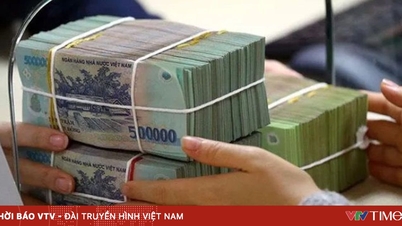


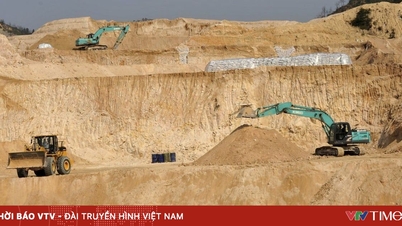

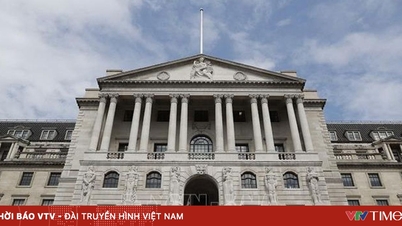
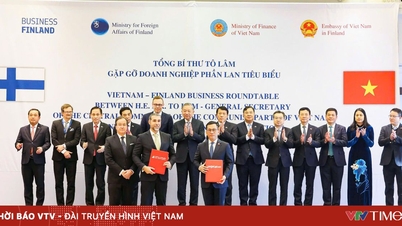





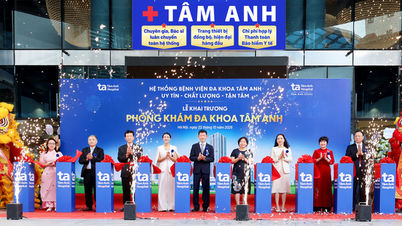
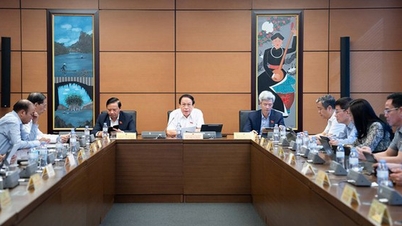
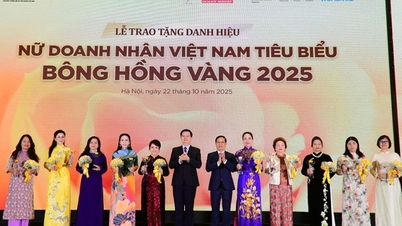
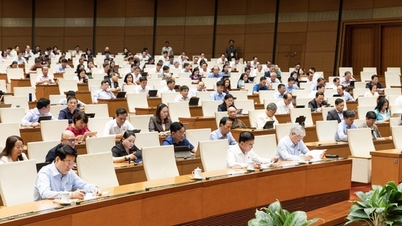
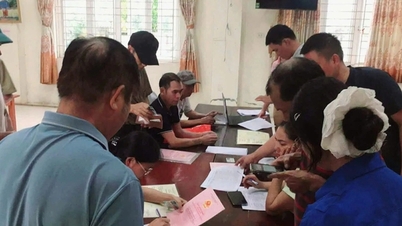
![[Photo] Prime Minister Pham Minh Chinh received Mr. Yamamoto Ichita, Governor of Gunma Province (Japan)](https://vphoto.vietnam.vn/thumb/1200x675/vietnam/resource/IMAGE/2025/10/21/1761032833411_dsc-8867-jpg.webp)
![[Photo] Da Nang residents "hunt for photos" of big waves at the mouth of the Han River](https://vphoto.vietnam.vn/thumb/1200x675/vietnam/resource/IMAGE/2025/10/21/1761043632309_ndo_br_11-jpg.webp)























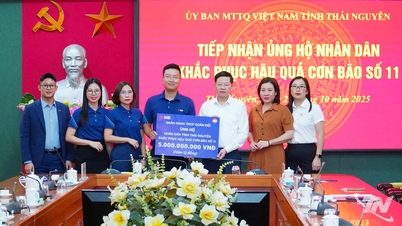

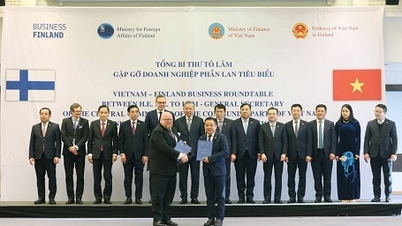





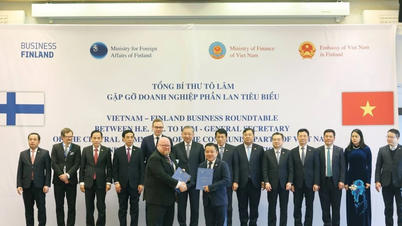







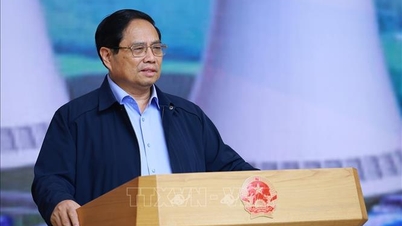




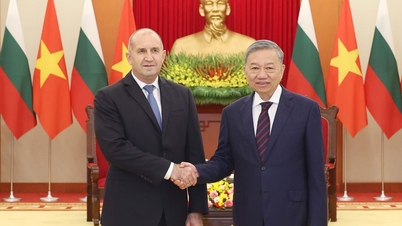


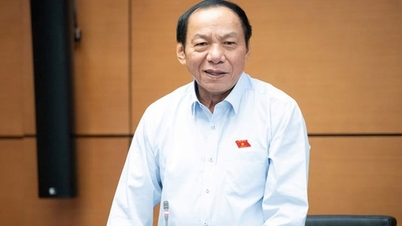

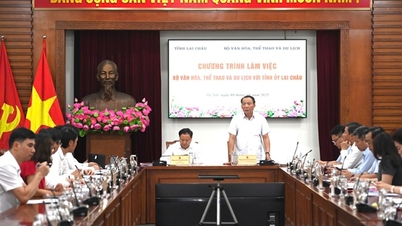


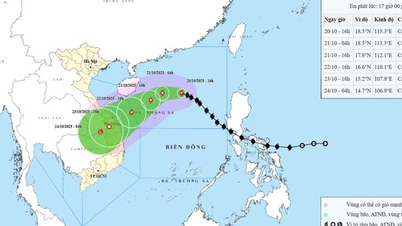

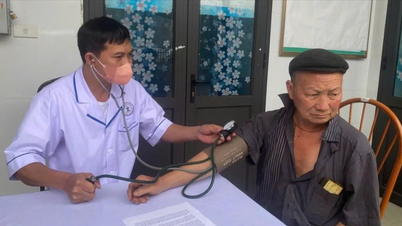








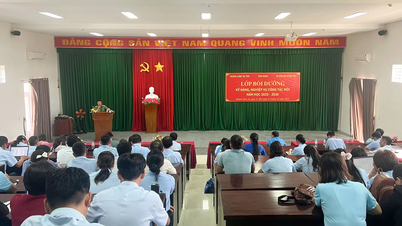
















Comment (0)